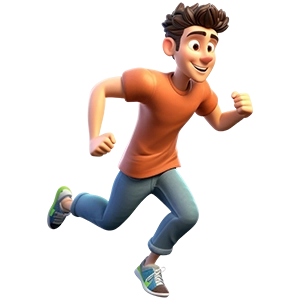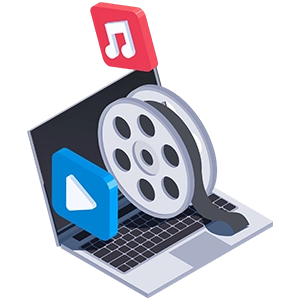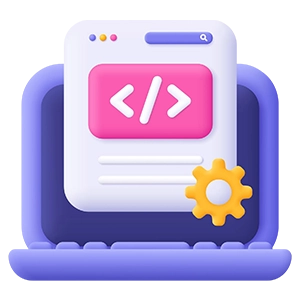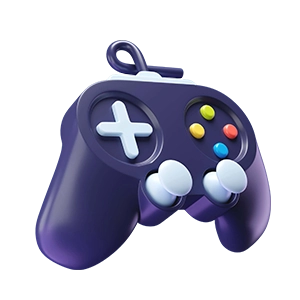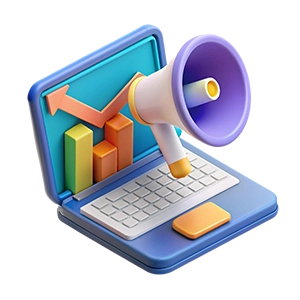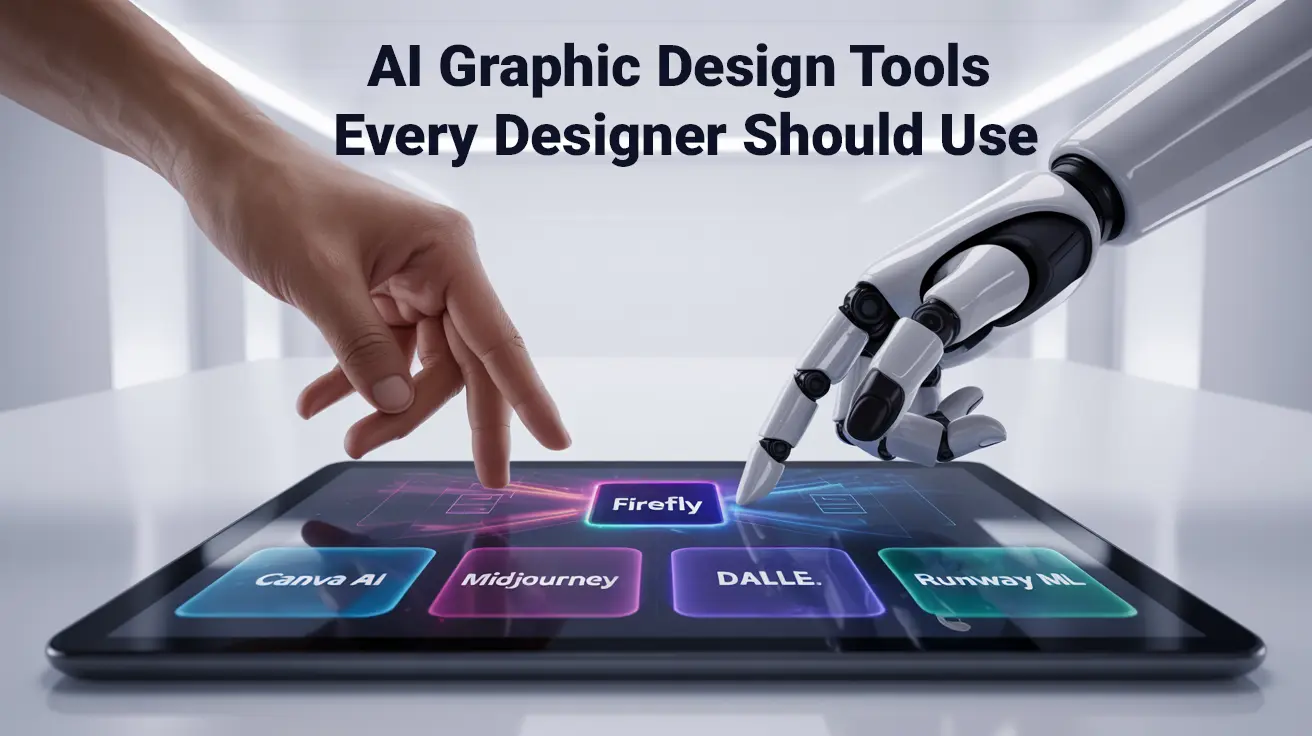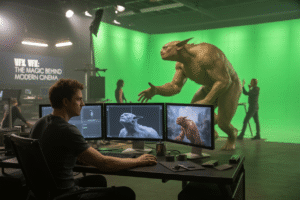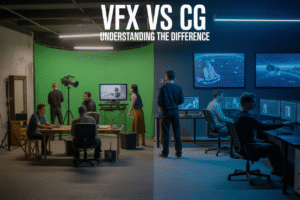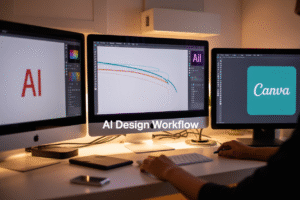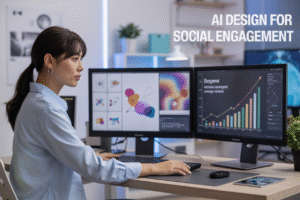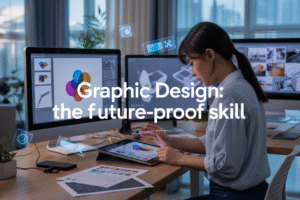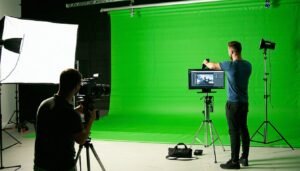AI is changing how we design. These are the best AI graphic design tools that are leading the way.
AI is more than just a trend in 2025. It’s a partner in creativity. AI graphic design tools are changing how designers work, think, and make things from the beginning to the end. This blog looks at the best AI tools that every modern designer should know how to use to stay competitive and inspired, whether you’re streamlining workflows or pushing creative boundaries.
Why do modern artists need AI graphic design tools?
AI tools help designers save time, automate boring tasks, and find new sources of inspiration in today's fast-paced design world. These tools boost both creativity and productivity by making layouts and improving images. making them necessary for any designer who wants to stay competitive in 2025.

What It Does :
Adobe’s generative AI tool turns text prompts into beautiful styles, effects, textures, and images.
Best For :
- Art that shows ideas and tries out new things
- Stylized titles, mockups, and backgrounds
- Making things for Photoshop and Illustrator
Pros :
- Seamless integration with Adobe apps (Photoshop, Illustrator, Express)
- High-quality generative fill, text effects, and image creation
- Commercial-use license for generated content
Cons :
- Limited prompt flexibility compared to Midjourney
- Requires Adobe Creative Cloud subscription
- Still in beta for some features
💡 Pro Tip :
Use Firefly directly within Photoshop to turn prompts into editable layers and assets.
“Firefly is a game-changer for rapid prototyping. You can brainstorm five visual directions in minutes. something that used to take hours of searching for references or stock photos.”
– Anushka Verma, Digital Art Director

What It Does :
AI image generator that creates artistic, highly stylized visuals from text prompts using Discord.
Best For :
Moodboards
Visual storytelling
Character and environment design
Album covers, surreal poster art
Pros :
- Industry-leading for artistic and stylized image generation
- Highly creative outputs, ideal for concept art and storytelling
- Fast rendering with iterative prompts
Cons :
- Complex prompt structure with a learning curve
- No native editing tools. images must be refined elsewhere
- Discord-only interface may not be user-friendly for all
💡 Pro Tip :
Use creative prompt structures like “dreamy cyberpunk cafe at sunset, 8K, depth of field” to direct Midjourney’s aesthetic.
“Midjourney doesn’t just give you images. it sparks imagination. It’s now my go to tool for breaking creative blocks or developing visual tone before I open Illustrator.”
– Miguel Santos, Freelance Poster Designer

What It Does :
A video first AI suite offering tools for image generation, background removal, video editing, and Gen-2 text to video creation.
Best For :
- Short-form content creators
- Social media motion graphics
- Editors working with tight budgets or no studio access
Pros :
AI video tools: background removal, text-to-video, motion tracking
Easy-to-use UI with real-time editing
Powerful for both creatives and editors
Cons :
Limited free plan with restricted export options
Some effects are inconsistent or require post-editing
Can be resource-intensive on lower-end systems
💡 Pro Tip :
Use Runway’s “Green Screen” feature to key out video backgrounds with just a few clicks—no physical setup needed.
“Runway is making video editing accessible to non-editors. Gen-2 lets you animate concepts without touching After Effects.”
– Ritika Sharma, Motion Designer & Educator

What It Does :
An AI-enhanced design platform with tools like Magic Resize, Text-to-Image, Magic Write, and more. all within Canva’s interface.
Best For :
Social Media Creators and Marketers
Teams Creating Presentations and Documents
Beginners Looking for Fast, AI-Assisted Design Tools
Pros :
- Beginner-friendly, drag-and-drop with AI automation
- Great for social media, presentations, and branding
- Text-to-image, copywriting, and smart templates
Cons :
- Limited creative control on detailed outputs
- Text-to-image still lacks accuracy compared to Midjourney
- Watermarks or premium limitations in free plan
💡 Pro Tip :
Use Magic Write to brainstorm ad copy or caption ideas while creating visuals, saving time on both design and content.
“Canva AI is your creative assistant when deadlines are tight. It’s not just templates. it’s an entire creative toolkit that thinks with you.”
– Aditya Menon, Brand Consultant

What It Does :
An all-in-one AI design suite that automates logo creation, video editing, voiceovers, and social content generation.
Best For :
- Entrepreneurs launching new brands
- Bulk asset creation
- Creating consistent branding visuals at speed
Pros :
All-in-one: logo, video, voiceover, and banner generation
Fast output for agencies and marketers
AI branding kit builder
Cons :
Generic or templated results with limited customization
Expensive for full feature access
Design quality may lack nuance for professionals
💡 Pro Tip :
Generate an entire brand kit (logo, color palette, font pairings) in under 10 minutes with the Logo Maker and Brand Kit combo.
“Designs.ai feels like hiring a whole design team when you’re working solo. It’s incredibly useful for mock brands, startups, and content batches.”
– Megha Talwar, Startup Designer
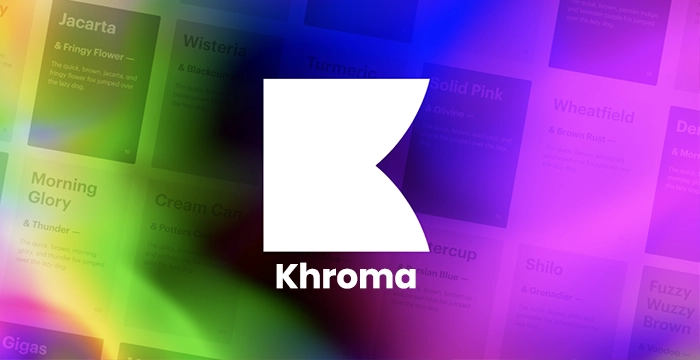
What It Does :
Generates personalized color palettes based on your aesthetic preferences using AI learning.
Best For :
Web and UI/UX designers
Creating unique brand palettes
Visual consistency across platforms
Pros :
- AI color palette generator based on user preferences
- Useful for branding, UI/UX, and theme matching
- Free to use
Cons :
- Limited to color—no design generation
- Might lack surprise or experimental palettes
- No collaboration or export-to-design-tool features
💡 Pro Tip :
Train Khroma with your top 50 favorite colors to build an AI model that “thinks” like your color sense.
“Color is emotional. and Khroma helps you create emotionally intelligent palettes. No more random color wheel scrolling!”
– Daniel White, UI Design Educator
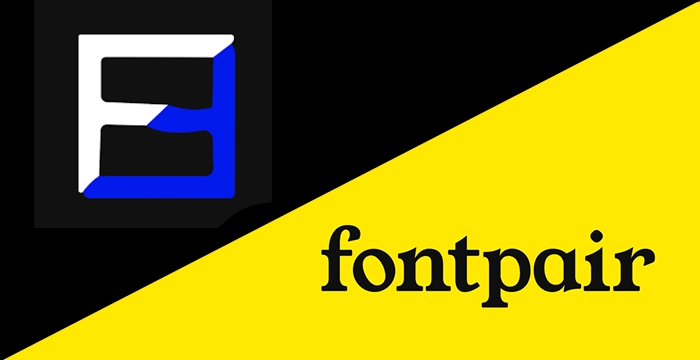
What It Does :
Suggest aesthetically pleasing and readable font pairings using machine learning.
Best For :
- Typography beginners
- Branding and editorial layout
- UI design and presentations
Pros :
- AI-generated font pairings for design harmony
- Great for web, branding, and typography planning
- Simple, focused, and quick to use
Cons :
Limited font database compared to Adobe Fonts or Google Fonts
No visual previews in real design scenarios
Output may require manual testing
💡 Pro Tip :
Lock one font you like and let the tool generate compatible combinations—great for logo design and landing pages.
“Fontpairing used to take forever. These tools bring back the joy of experimentation while keeping things balanced and professional.”
– Leah Gomez, Branding Specialist
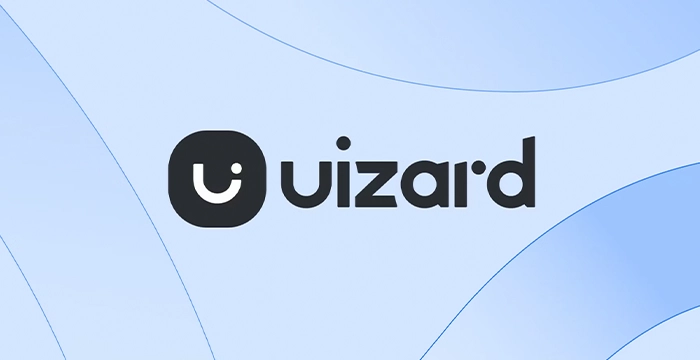
What It Does :
Transforms hand-drawn UI sketches or text prompts into real, editable wireframes and mockups.
Best For :
UI/UX beginners
Startup product designers
MVP development and pitch decks
Pros :
- Turns wireframes or sketches into UI mockups instantly
- Ideal for product teams and non-designers
- Offers real-time collaboration and component editing
Cons :
- Limited styling options for advanced UI/UX designers
- Not suitable for high-fidelity prototyping
- AI layout suggestions can be generic
💡 Pro Tip :
Use natural language prompts like “app with dark theme, navigation bar, product carousel” to generate complete layouts.
“Uizard accelerates design conversations. Instead of explaining an idea to stakeholders, I just show them a Uizard mockup.”
– Omar Farooq, UX Designer at SaaS Startup
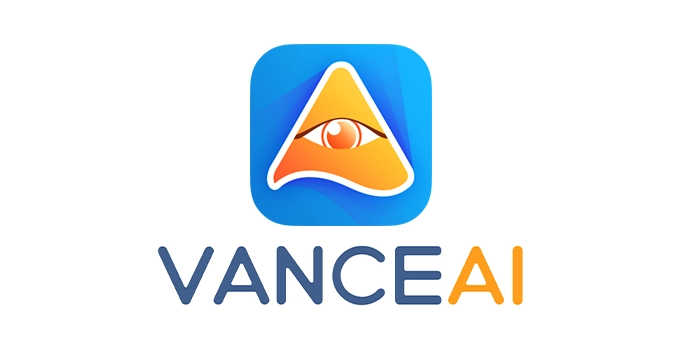
What It Does :
Offers AI-based image enhancement tools for upscaling, noise reduction, face retouching, and background removal.
Best For :
- Print designers and photographers
- E-commerce product images
- Profile or model retouching
Pros :
Powerful AI tools for image enhancement, upscaling, and background removal
Offers batch processing and multiple visual fixes
Fast and accurate for photo clean-up
Cons :
- Limited design tools. mainly photo utilities
- Free version includes restrictions and watermarks
- UI can feel outdated
💡 Pro Tip :
Use AI upscaling to make small images print-ready without quality loss. perfect for reviving old photos or enhancing exports.
“VanceAI quietly upgrades your images behind the scenes. It’s the final polish many beginner designers overlook.”
– Kavita Pillai, Editorial Layout Designer
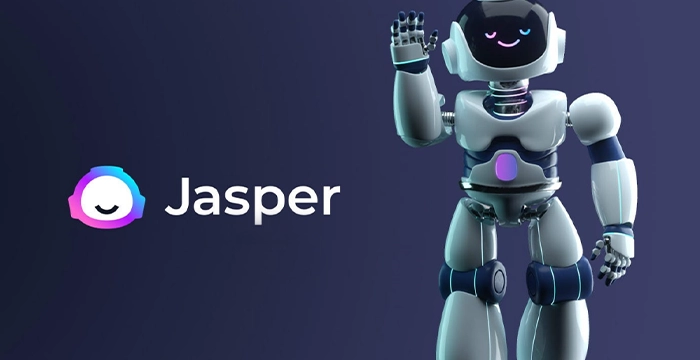
What It Does :
AI image generation inside the Jasper AI writing suite. ideal for content-driven creators.
Best For :
- Blog illustrations
- Social graphics that match content
- Branded visuals with consistent tone
Pros :
Integrated with Jasper AI content writer
Ideal for marketers generating images to match blogs
Fast, consistent style output
Cons :
Limited artistic variation
Requires Jasper AI subscription
Best suited for content marketing. not complex artwork
💡 Pro Tip :
Use Jasper Art after generating blog content in Jasper Chat or ChatGPT. creating both text and visuals in one workflow.
“With Jasper, you get writing and visuals that align. That’s gold for content marketers juggling speed and consistency.”
– Shruti Jain, SEO & Content Strategist
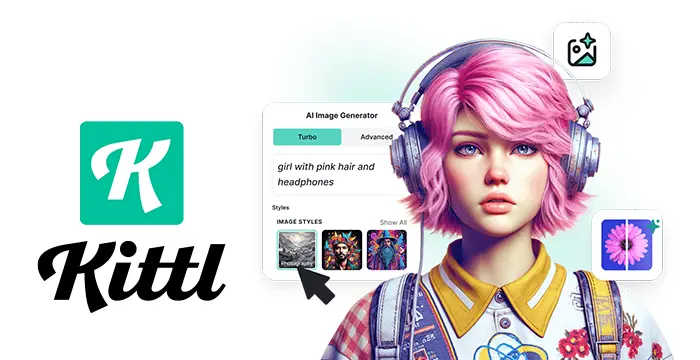
What It Does :
AI Powered Graphic Design Platform That Lets You Instantly Create Logos, Illustrations, Typography, and More. Without Needing Advanced Design Skills
Best For :
Logo Design from Text Prompts
Custom Typography and Lettering
Print-Ready Designs for Merch, Posters, and Branding
Pros :
- AI tools for logo, badge, and typography generation
- Great for T-shirt, print-on-demand, and vintage graphics
- Offers editable templates with AI-enhanced design
Cons :
- Still growing its AI capabilities compared to others
- Free version has feature restrictions
- Niche-focused toward merchandise and print graphics
💡 Pro Tip :
Use Kittl To Quickly Prototype Logo Ideas or Branded Visuals Before Finalizing Them in Advanced Tools. Its Templates and AI Text-to-Image Features Make Design Fast and Professional
“Kittl Gives Designers a Head Start With Stunning Templates and AI Tools. It’s Perfect for Creators Who Want to Save Time Without Compromising Quality.”
– Alex Rao, Freelance Brand Designer
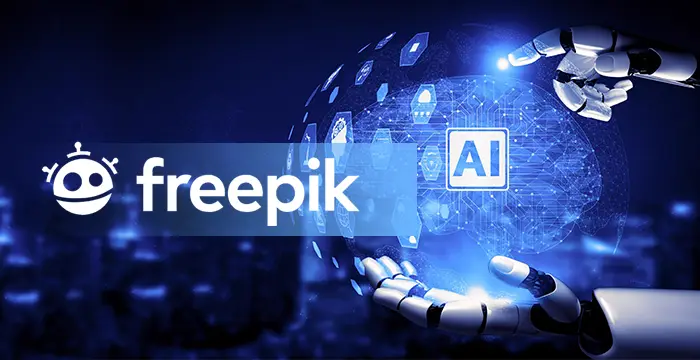
What It Does :
AI Design Tools Integrated Into Freepik’s Platform for Generating Custom Images, Vectors, and Photos From Text. Some Generators Are Powered by Advanced Models Like Google Imagen 4, Delivering High-Quality, Fast Results.
Best For :
- Quick AI-Generated Illustrations and Icons
- Backgrounds and Scene Builders for Marketing
- Editable Vectors and Photos With AI Enhancements
Pros :
Text-to-image tool integrated into the Freepik ecosystem
Great for quick visuals, mockups, and stock alternatives
Uses models like Google Imagen4 for quality output
Cons :
Requires Pro subscription for full features
Some results lack uniqueness or may repeat styles
Still secondary to Freepik’s template-first approach
💡 Pro Tip :
Use Freepik AI to Create Visual Concepts Fast. Its Models, Including Those Powered by Google Imagen, Offer Clear, Photo-Realistic Outputs That Cut Design Time Dramatically.
“Freepik’s AI Plus Google Imagen? A Creative Combo That Saves Time and Elevates My Work.”
– Meera Patel, Content Designer
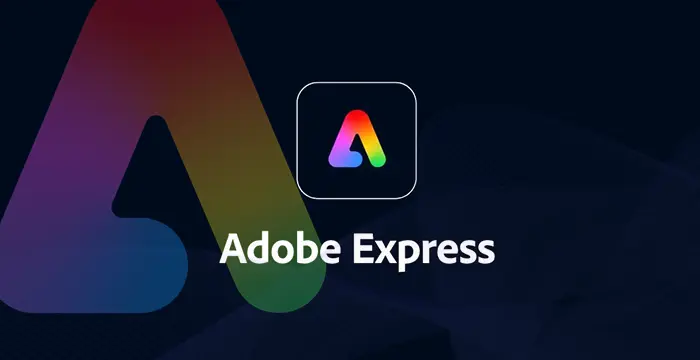
What It Does :
AI-Powered Design Features Inside Adobe Express Help You Quickly Create Stunning Visual Content. Integrated With Adobe Firefly, It Automates Background Removal, Image Generation, Smart Resize, and More. All in a Simple Drag-and-Drop Interface.
Best For :
- Social Media Graphics and Ads
- Branded Content Creation at Scale
- Fast Edits With AI-Powered Effects
Pros :
AI features like background removal, smart resize, and Firefly integration
Ideal for social media, flyers, and marketing assets
Simple for beginners, with Adobe-quality output
Cons :
Limited advanced design features compared to Photoshop
AI tools work best in a structured template system
Some features still under development or in beta
💡 Pro Tip :
Use Adobe Express AI To Build Consistent, On-Brand Campaigns Fast. Combine AI-Powered Tools Like Firefly With Templates and Smart Resize To Deliver Pro-Level Visuals in Minutes.
“With Adobe Express, I Can Create and Publish High-Quality Visuals Fast — No Need to Switch Between Apps. It’s a Creative Lifesaver.”
– Priya Sharma, Digital Content Manager
🎯 Why Use AI in Graphic Design?
✅ Speed Up Your Workflow
“AI helps designers go from idea to output in a fraction of the time. It’s not cheating. it’s leveraging tools to focus more on concept and storytelling.”
✅ Expand Your Creative Options
“You’re no longer stuck with what’s in your head. AI lets you explore 10 creative directions without exhausting yourself.”
✅ Increase Output for Clients & Content
“As a freelancer or agency, AI helps scale your work without compromising quality. essential when handling multiple clients.”
✅ Stay Competitive
“Designers who combine AI with human creativity deliver smarter, faster, more relevant results.”
🔐 Important Note: AI Is a Tool, Not a Replacement
AI enhances what you do. it doesn’t replace what you do.
“AI won’t take your job. But a designer using AI might.”
– Popular industry adage
Use AI with strategy, not blindly. Always add your creative vision, branding understanding, and emotional intelligence on top.
✅ Final Thoughts
AI is not the future of design. it’s already the present. In 2025, designers who embrace tools like Midjourney, Firefly, Canva AI, and Runway ML gain more than just speed. they gain freedom. The freedom to experiment, to explore, and to execute ideas faster and better than ever before.
So whether you’re a branding expert, a UI/UX prototype, or a social media designer. let AI become your creative ally, not your competition.
FAQ
In 2025, some of the best AI tools for designers include Adobe Firefly, Midjourney, Canva AI, RunwayML, and Kittl. These platforms help automate tasks like background removal, text-to-image generation, layout design, and typography suggestions. saving time while boosting creativity.
AI graphic design tools are popular because they simplify the design process. From generating ideas to creating layouts, these tools use machine learning to help designers create faster, more polished visuals with less manual effort.
Beginners should explore tools like Canva AI, Adobe Express, and Designs.ai. These platforms offer intuitive interfaces and built-in AI features like Magic Design and Smart Resize, making it easy to start designing without advanced skills.
AI-powered design tools help professionals by speeding up repetitive tasks such as cropping, resizing, color matching, and copy generation. They also assist with creative inspiration through features like text-to-image, layout suggestions, and automatic font pairing.
Yes! Many platforms like Freepik AI, Khroma, Fontjoy, and even limited versions of Canva AI offer free AI tools for graphic designers in 2025. These are great starting points for budget-conscious creatives or students.
No, AI tools are meant to assist. not replace human designers. While they handle repetitive tasks and offer suggestions, the creativity, emotion, and strategic thinking of a designer remain essential to professional-quality work.
Start by identifying your needs. If you're focused on image generation, tools like Midjourney or Adobe Firefly are ideal. For branding and layout, Canva AI or Kittl works well. Always test free versions first to find what fits your workflow.
AI powered design tools are revolutionizing the industry by reducing manual work and unlocking creative possibilities. From instant background removal to auto-layout suggestions and AI-generated images, these tools allow designers to focus more on creativity and less on repetitive tasks.
Not entirely. While AI graphic design tools complement traditional software, they don’t replace them. Instead, they work alongside apps like Photoshop, Illustrator, or Figma by speeding up certain tasks, making design more efficient and accessible — especially for non-designers or small teams.
When choosing AI tools for graphic designers in 2025, look for platforms that offer intuitive AI features like text-to-image generation, smart resize, layout automation, and brand consistency tools. Also, consider ease of use, collaboration features, and integration with your existing design workflow.
Absolutely. AI powered design tools like Canva AI and Adobe Express are built with beginners in mind. They offer drag-and-drop templates, AI layout suggestions, and pre-set color palettes — making it easy for anyone to create professional-quality visuals without prior design experience.
AI graphic design tools are software platforms that use artificial intelligence to automate and enhance the creative process. They assist with tasks like layout generation, image editing, typography pairing, background removal, and even creating complete visuals from text prompts.
These tools speed up repetitive tasks, offer smart design suggestions, and reduce manual effort. Whether you're creating logos, social posts, or web banners, AI graphic design tools help you work faster and focus more on creative decision-making.
Not at all. Many AI graphic design tools are designed for both beginners and professionals. Platforms like Canva AI and Kittl offer easy-to-use interfaces, making them perfect for students, marketers, content creators, and small business owners.
Not necessarily. Many AI design tools offer free or affordable versions. Canva AI, Freepik AI, Fontjoy, and Khroma are great options for budget-conscious users who still want access to powerful AI features.
🎓 Want to Learn These AI Tools Hands-On??
Our Online Graphic Design Course includes hands-on training in:
Adobe Firefly
Midjourney
RunwayML
Canva Pro & Magic Studio
Uizard, Designs.ai, and more
Join our
or
build more than just skills—you’ll build confidence and a real portfolio that gets noticed.
Stay Creative, Stay Ahead.


